Stem visibility:
Rising stem gate valve: the stem is exposed on the outside of the valve body, the stem lifts with the gate synchronously when opening and closing, and the valve status can be judged by observing the position of the stem. Non rising stem gate valve: the valve stem is hidden inside the valve body, only through the rotation of the valve stem to drive the lift of the gate, can not directly observe the degree of opening and closing
Transmission mechanism:
Rising stem gate valve: handwheel is fixed, and the rotation of the valve stem is converted into the vertical movement of the gate plate through thread transmission.
Non rising stem gate valves: handwheel and stem rotate synchronously, through the internal thread to achieve the gate lift, without the need for external lift space.
Installation Requirements:
Rising stem gate valve: increased height when fully open, need to reserve a larger vertical installation space (such as overhead piping).
Non rising stem gate valve: compact, suitable for underground pipework or confined areas.
Typical applications:
Rising stem gate valve: small flow, low pressure scenarios (such as home water, fire fighting network), rely on manual operation and require frequent maintenance.
Non rising stem gate valves: high-pressure industrial systems (e.g. petrochemical, metallurgical), often used in conjunction with automated control devices.
Performance comparison:
| Comparability |
Rising Stem Gate Valve |
Non Rising Stem Gate Valve |
| Convenience of Maintenance |
Exposed stem for easy lubrication and service |
The valve body needs to be disassembled for maintenance, which makes the operation complicated |
| Corrosion resistance |
Exposed valve stems are susceptible to environmental erosion |
Internal stem seal for better corrosion resistance |
| Service life |
Threads are prone to wear and require regular seal replacement |
Better protection of the internal structure, but highly influenced by the medium |

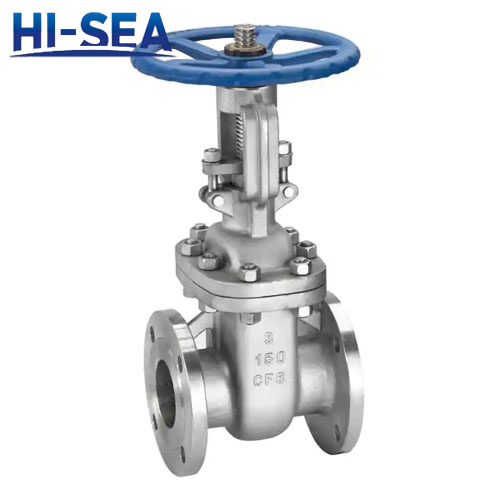

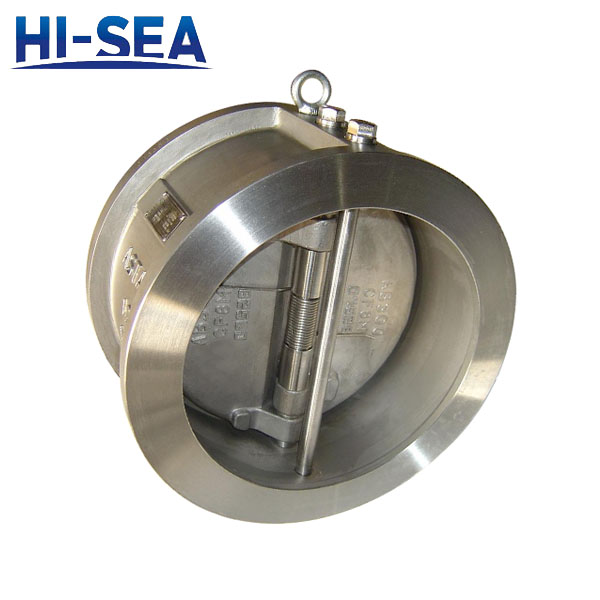
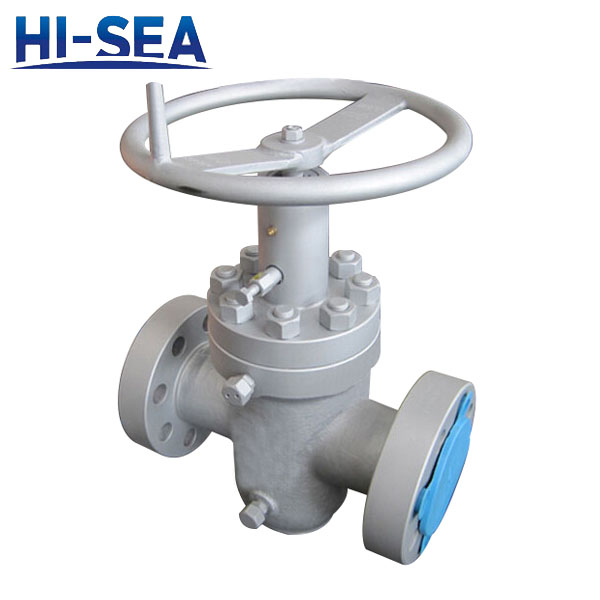
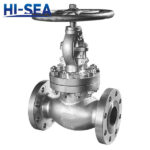 Main Material of API Valve
Main Material of API Valve What is the difference between a rising stem gate valve and a non rising stem gate valve?
What is the difference between a rising stem gate valve and a non rising stem gate valve?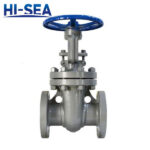 API Valve Fire Test
API Valve Fire Test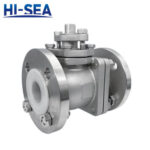 What is the difference between PTFE and RPTFE?
What is the difference between PTFE and RPTFE?